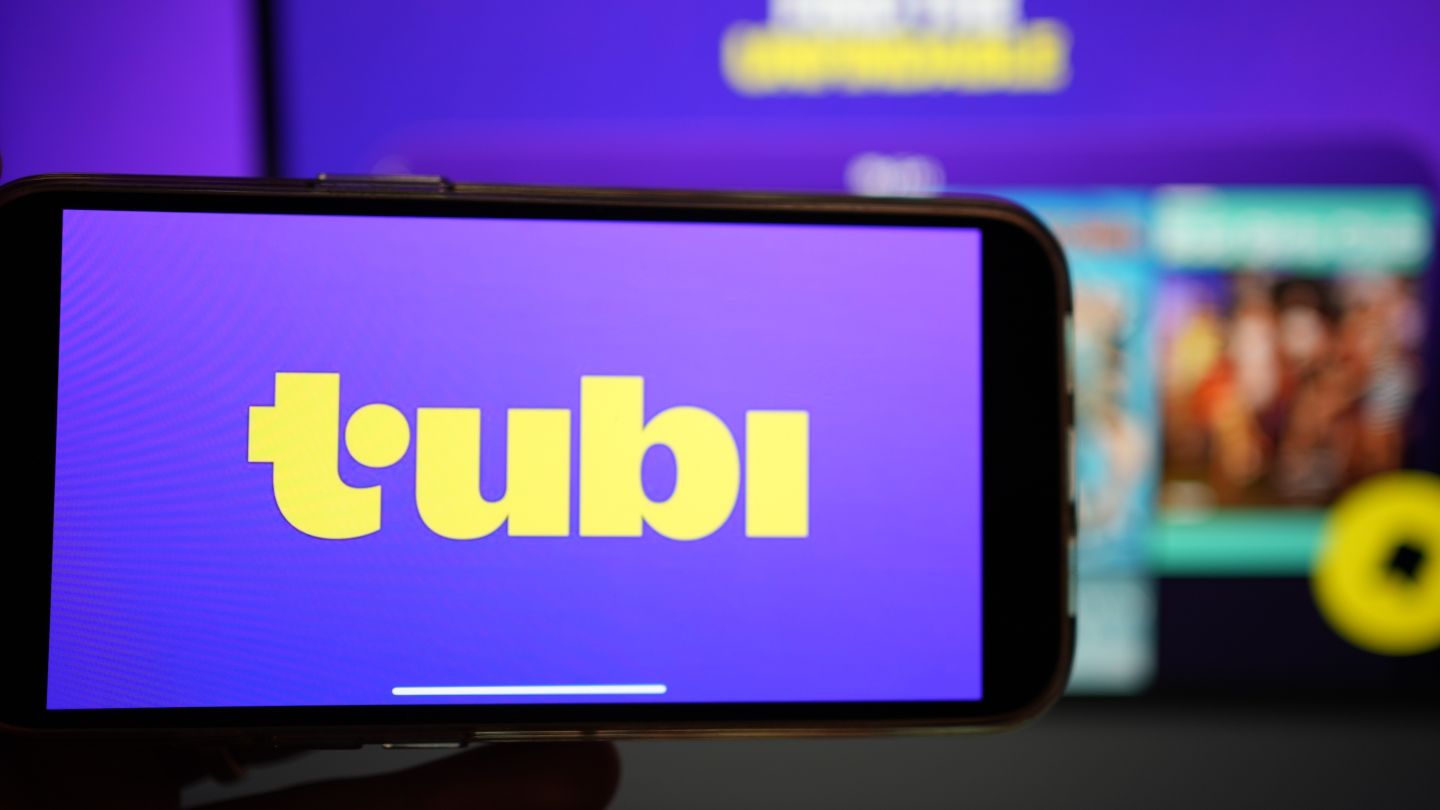Dr Alex Connock is a Senior Fellow at Saïd Business School, University of Oxford and recently wrote a textbook on media and AI. He discussed AI through in the context of media perception with John Maxwell Hobbs.
Connock’s broadcasting background is practical as well as academic, having co-founded the indie Ten Alps with Bob Geldof in the late 90s and was the Managing Director of Endemol Shine North through 2017.
An explosion of interest in AI
Connock felt that AI’s major impact on the media landscape was getting short shrift in academia and set out to correct that. “The textbook is guide to media, reframing how you might see it in the 2020s. I was struck when teaching the subject that there really wasn’t a textbook that described the media that people actually live and work in today,” he said. “Most of the textbooks were framed around a rather 1980s vision, with a series of articles about things like exhibition, publishing, and agencies with no relation to, firstly, the way it is structured now with social networks, and streamers, and podcasters. Secondly, they didn’t really have any recognition of the technology that was defining who the biggest media players actually are: AI - in particular recommendation algorithms.”
“What was interesting when I pitched it in 2020,” he continued, “Is that Rutledge sent it off to...
You are not signed in
Only registered users can read the rest of this article.
.jpg)
Jen Smith, CIISA: "Bullying, harassment, and discrimination are what stifle creativity"
Jen Smith, CEO of CIISA, details how her vision for the future will stem the M&E industry’s £1.8bn annual losses in productivity by rooting out harassment across all levels of the business’s uniquely fragmented structure.
Fremantle’s Jens Richter: “We want to make sure the AI knowledge is at every level”
IBC2025 Conference preview: Jens Richter, CEO of Commercial and International at Fremantle, will take part in a session that will delve into how Fremantle is evolving to stay ahead of a post-peak TV market by adapting financing models, strengthening partnerships, and utilising its long-running brands.
Mike Darcey: “Like trying to predict the impact of the internet from the standpoint of the ‘90s”
IBC Keynote preview: Media industry commentator Mike Darcey presents an alternative view of the M&E sector ahead of his IBC Keynote session on 14 September.
IBC Keynote: ABC’s Damian Cronan on harnessing AI “in the service of our staff”
For his keynote presentation, Damian Cronan from ABC will outline the ways in which the Australian public broadcaster is utilising AI as part of its digital transformation, writes David Davies.

IBC Conference: Tubi’s Blake Bassett on AI’s ‘exponential growth’ and creative assistance potential
Blake Bassett, Vice-President of Product at streaming service Tubi, will be among the panellists for the IBC conference session ‘Mythbusting AI: Demonstrating the Impact on the Bottom Line’, on 14 September.



